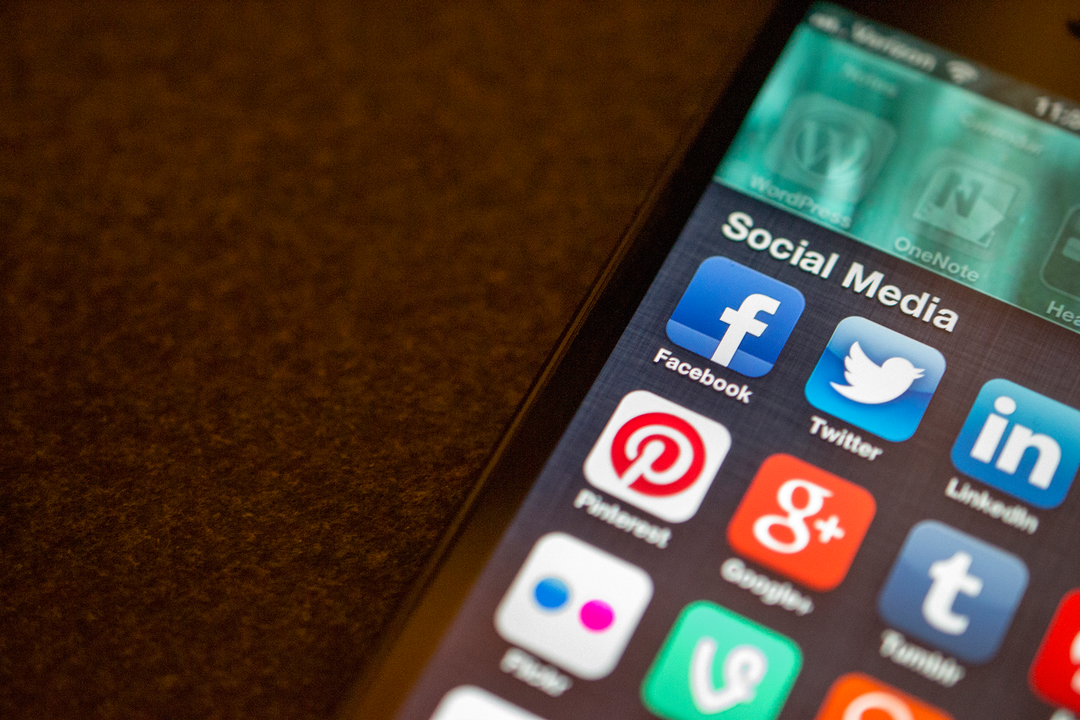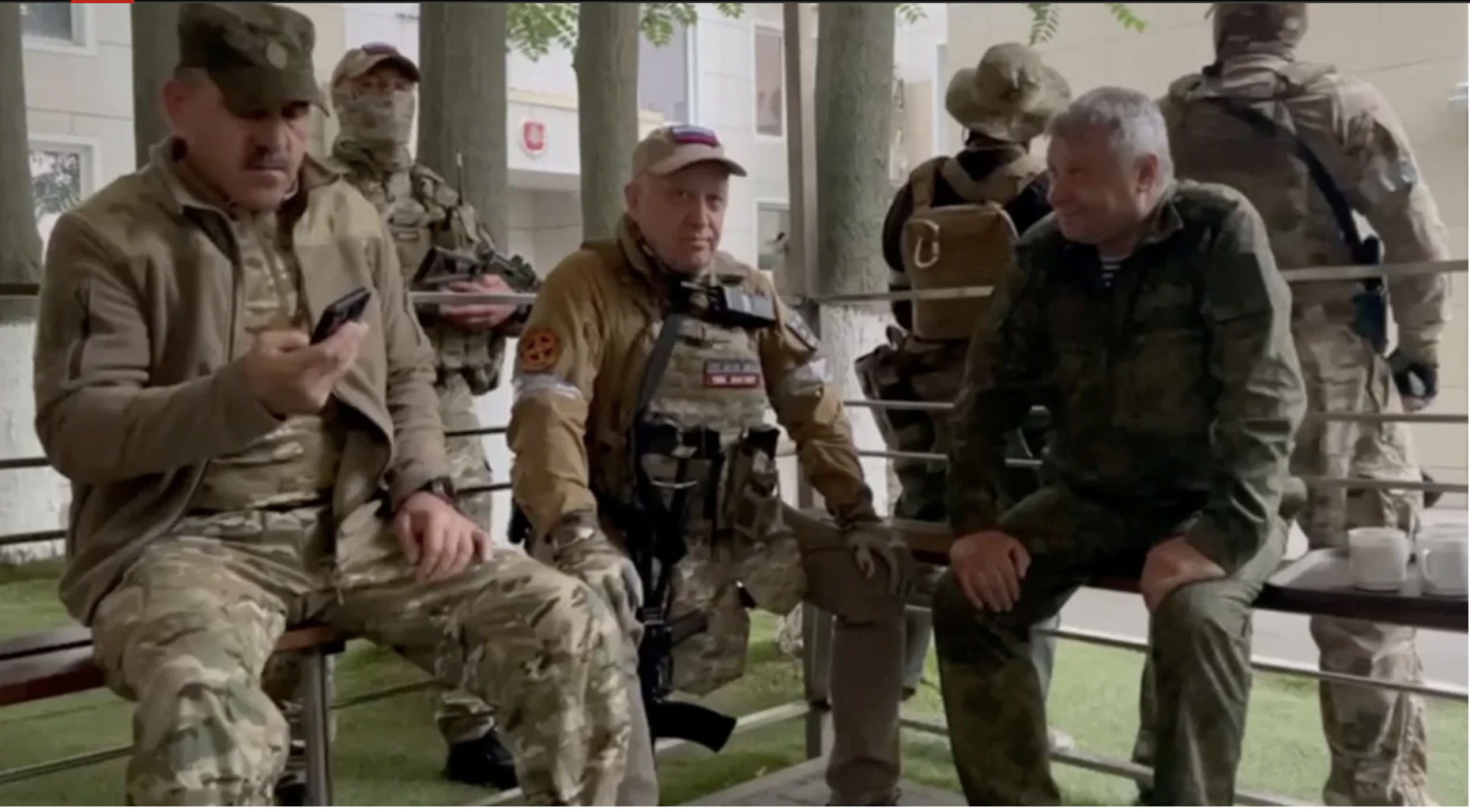
The New Uses and Abuses of Social Media: The Thin Boundary Between Virtual and Real Politics
In the rapidly advancing era of digital technology, social media platforms have gained immense significance as indispensable tools for communication. These emerging networks are steadily taking the place of radio or television and are completely changing the way in which information is designed and delivered. The explosion of social media platforms was made possible and accessible by the plurality of actors present in the digital media industry. These platforms have not only connected individuals across the globe, enabling them to share information and ideas, but have also assumed a formidable role in shaping relationships between nations’ political landscapes. This newly acquired efficiency and accessibility comes with various side effects, some being more impactful than others. The challenges created by social media and its implications are unpredictable and widespread.






